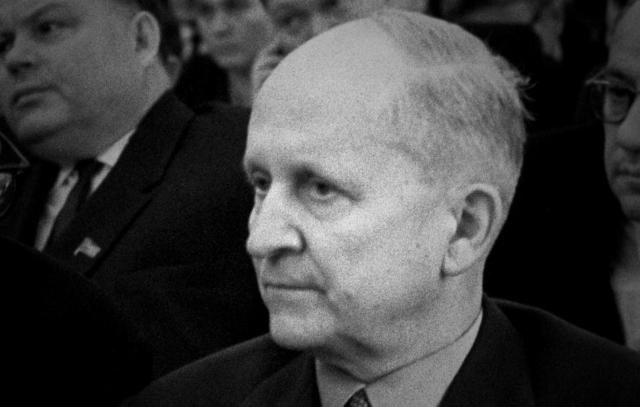Pavel Sukhoi's contemporaries admired his depth of knowledge, efficiency, exactingness, and above all to himself, a broad technical outlook, and the ability to highlight the most important things. He managed to do a lot to strengthen the defense capabilities of the USSR and Russia in the future.
Arkhip Cradle
General Engine Designer, Hero of Socialist Labor
From books to study and war
The future famous aircraft designer was born in Glubokoe, Vilna province (now the city of the same name in Belarus) in a poor family. His father, Osip Andreevich, was educated at a seminary and worked as a teacher, and he collected a large library. His mother, Elizaveta Yakovlevna, ran the household and raised five children — Pavel was the only boy.
In 1898, the family moved to Gomel, where in 1914 Pavel Sukhoi graduated from the Alexander Men's Gymnasium with grades of "good" and "excellent". The most powerful impression of those years for him was the demonstration flight over Gomel of an airplane, which was piloted by Russian aviator Sergei Utochkin as part of a tour of the cities of the Russian Empire.
It took a while, but the young man managed to realize his dream of becoming a student at the Imperial Moscow Technical College (now Bauman Moscow State Technical University). There he joined the aeronautics circle, which was created by Nikolai Zhukovsky, an outstanding mechanical scientist and the founder of aerodynamics as a science.
The First World War made adjustments to the lives of many: Pavel Sukhoi's studies were interrupted, and in 1915, upon reaching military age, he was conscripted into the infantry on the Northern Front. After the revolutions in the Russian Empire, Sukhoi returned to his parents' home in Gomel, where he taught. But then he moved to Moscow again — in the fall of 1920, the school reopened, and Sukhoi continued his studies.
The first planes and Design Bureau
Soon Zhukovsky organized the Central Aerohydrodynamic Institute (TsAGI) in the capital, a state research institution that, after the death of its creator, was headed by aircraft designer Andrei Tupolev. Recognizing Pavel Sukhoi's talent, Tupolev invited a young design engineer (after graduation) to work at TsAGI in the team of aircraft designer Alexander Putilov.
In October 1930, Sukhoi had already become deputy chief designer of Tupolev and headed brigade No. 4, having been given the opportunity to independently lead the development and construction of aircraft. This decision made it possible to form the backbone of the team of the future aviation design bureau.
Later, brigades No. 3 and 4 were assembled into a single brigade No. 3 of the design department of the TsAGI Experimental Construction Sector (KOSOS) under Pavel Sukhoi (but under the general leadership of Tupolev). In those years, she created the I-4 and I-14 fighters, the record-breaking ANT-25 (or RD, "Range Record"), the ANT—37bis Rodina, as well as their military variants, the DB-1 and DB-2, respectively.
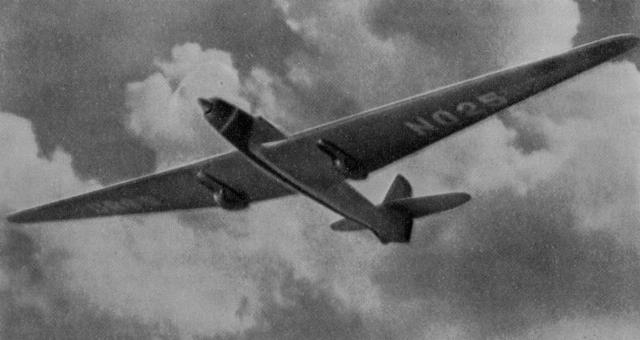
ANT-25
Image source: © TASS
In 1936, the USSR announced a competition for the development of a multi-purpose aircraft "Ivanov". At that time, such reconnaissance vehicles, capable of also performing the duties of attack aircraft and short-range bombers, formed the basis of the fleet in all countries. And the Soviet multi-purpose biplane aircraft R-5 was clearly outdated by that time. The competition was attended by the design teams of Tupolev (Sukhoi brigade), Nikolai Polikarpov, Joseph Neman, Dmitry Grigorovich, Sergey Kocherigin and Sergey Ilyushin. The first of these teams was recognized as the winner.
Dmitry Khazanov, Nikolai Gordyukov
From the book "The Su-2 Short-range Bomber"
Later, in July 1939, Pavel Sukhoi was appointed chief designer of the new Design Bureau (which later became his name), and after the start of production of the BB-1 aircraft in Kharkov, he was appointed chief designer of plant No. 135. This company, as well as factories in Dolgoprudny and Taganrog, jointly produced 893 BB-1 short-range bombers in 1940-1942, which were named after the creator, the Su-2.
Su-2
Image source: © Igor Zotin/ TASS
This machine has become an important milestone in the country's aircraft industry and the aircraft designer's activities. The Su-2s met the enemy at frontline airfields, and the crews successfully defeated the enemy in Moldova, Belarus, near Stalingrad, and other areas. At the same time, 27 of the most distinguished pilots on the Su-2 subsequently became Heroes of the Soviet Union (and Mikhail Odintsovo and Grigory Sivkov were awarded Gold Stars twice).
Meanwhile, Sukhoi perfected his creation and developed the Su-6 attack aircraft — for his creation, the designer was awarded the Stalin Prize of the first degree. The machine was superior in all respects to the Il-2, which was nevertheless built en masse until the end of World War II. However, neither the Su-6 nor other (successful) Pavel Sukhoi aircraft of that period were transferred to the series.
From 1944 to 1949, the Su-10 four-engine jet heavy bomber was created in his Design Bureau, the Su-12 reconnaissance spotter, the Su-9, Su-11 and Su-15 heavy jet fighters were built and tested. The training bomber with the removed weapons of the UTB, designed to retrain crews on the Tu-2, was also a success - they were produced in a small batch.
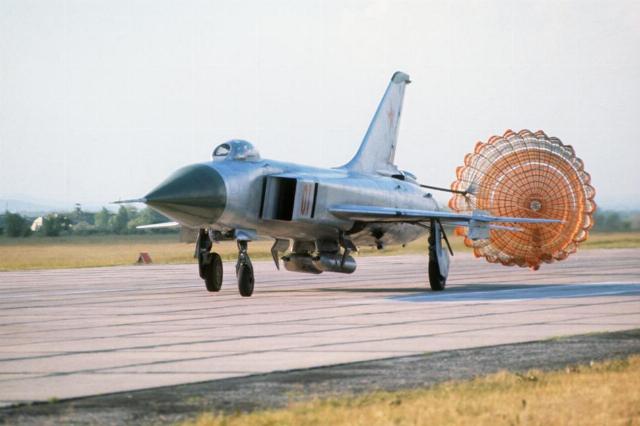
Su-15 interceptor fighter
Image source: © A.Galushko/ tass
However, in November 1949, the Pavel Sukhoi Aviation Design Bureau was abolished, and the team moved to work under Andrei Tupolev.
In conversations, the Sukhoi veterans drew attention to the fact that Joseph Stalin did not like the Sukhoi designer and therefore decided to close their design bureau. There have also been suggestions about the reason for this attitude.
The second birth of the Sukhoi Design Bureau
After the death of chief designer Vladimir Petlyakov in a plane crash on January 12, 1942, the head of state called Pavel Sukhoi for a conversation and offered to head the serial production of the Pe-2 in Kazan. Sukhoi, preoccupied with the fate of his promising aircraft, primarily the Su-6 attack aircraft, did not refuse, but did not agree either. Nevertheless, another designer was soon appointed to this post. Stalin probably believed that hesitation was unacceptable.
Two months after the death of the leader, on May 14, 1953, a new design bureau was created in the structure of the aviation industry, and then experimental plant No. 51, which Pavel Sukhoi was offered to head.
In the years when Su production vehicles were not built, Sukhoi nevertheless worked out his various ideas. Like Artyom Mikoyan, he started working on jet aircraft projects before his Victory, rightly believing that they were the future of aviation. Later, under his leadership, two areas of new machines were developed at once: with a swept wing, codenamed "C", and a triangular "T".
For example, the latest Sukhoi Design Bureau aircraft, the S-1 (future Su-7) and T-3 (Su-9, with the same name as the subsonic fighter), took part in the air parade in Tushino on June 24, 1956 for the first time. Along with these jet aircraft, the Mikoyan experimental E-2, E-4, E-5 (which became the prototypes of the MiG-21) and the Ilyushin Il-54 prototype passed over the stands of the air festival at an altitude of about 100 m at a speed of about 1,000 km/h with a distance of 100 m from each other.
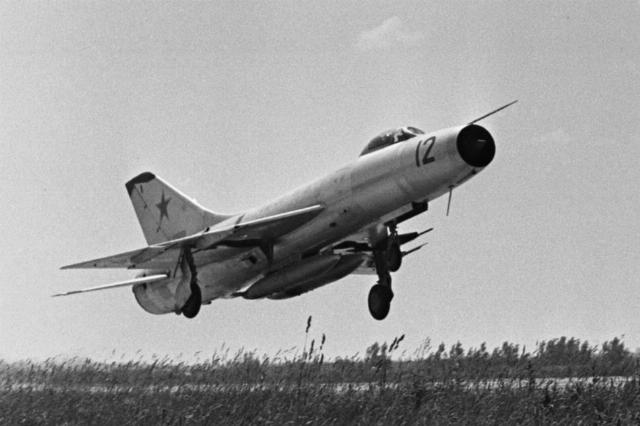
Su-7 interceptor fighter
Image source: © G. Omelchuk/ TASS
After the screening, Pavel Sukhoi's name, which is practically unknown in the West and familiar only to specialists in our country due to the exceptional secrecy of the work being carried out, became widely known. After all, thousands of Muscovites and guests of the air festival heard the roar of the afterburners of the engines. Western experts noted that if 10 years ago the Russians were clearly lagging behind in the field of jet aviation, now their new high-speed vehicles were hardly inferior in any way, for example, to the American F-104 Starfighter, which were widely promoted in NATO countries.
Becoming general designer at the end of 1956, Sukhoi continued to improve his basic designs. The result of a deep modernization of the recently commissioned Su-7 fighter-bomber, which was carried out by the Sukhoi Design Bureau in the early 1960s, was the Su-17.
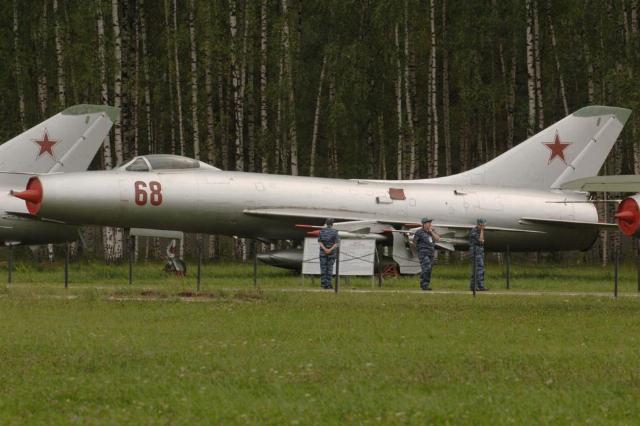
Su-17 fighter-bomber
Image source: © Fedor Savintsev/ TASS
On-board electronic equipment has been improved, as well as the take-off and landing characteristics of the aircraft based on accelerated engines, new materials and instruments. For the first time, a technical solution that was gaining popularity at that time was implemented on a production car — a variable sweep wing (conditionally, it can change shape and angle). The prototype was flown into the sky on August 2, 1966, by test pilot Vladimir Ilyushin, and in July of the following year, the aircraft was shown to the public for the first time at an air parade, now in Domodedovo, Moscow region.
The scale of the triumph and the degree of success of Sukhoi and its team can be assessed by the following figures and facts: production of Su-17 family aircraft began at the Yuri Gagarin Aviation Plant in Komsomolsk-on-Amur in 1969 and lasted until 1990, a total of 2,867 aircraft of all modifications, including training aircraft, were built., intelligence and special forces. The aircraft was exported to friendly countries, and was used during wars and conflicts in Afghanistan, Yemen, Lebanon, Chad, Angola, and so on.
The Sukhoi T-4 strike and reconnaissance bomber, otherwise known in the Design Bureau as "product 100" or simply "sotka", turned out to be truly unique. In the competition to create an aircraft for the destruction of enemy aircraft carrier groups, the machine won the products of the Design bureaus of Andrei Tupolev and Alexander Yakovlev. The two-seat T-4, made according to the tailless scheme with a front horizontal tail, was also distinguished by the widespread use of titanium alloys in the design, the latest electronics, and improved control principles. All innovations allowed the aircraft to accelerate according to calculations to 3,200 km / h with a practical range of 6,000 km, which was confirmed by tests in 1972-1974. This significantly reduced the vulnerability of the aircraft to enemy air defenses. Unfortunately, the aircraft remained in a single copy (possibly due to its exceptional high cost), and now adorns the parking lot of the Air Force Museum in Monin, Moscow region.
It is impossible to ignore the tactical front-line bomber Su-24 (which took off in early 1970) with a variable sweep wing. It was designed to launch rocket and bomb attacks, including at low altitudes with targeted damage to ground and surface targets, and is capable of operating in any weather conditions and around the clock. The development and launch of the Su-25 armored attack aircraft (which flew in February 1975), designed for direct support of the ground forces, was linked by Deputy Commander-in-Chief of the Air Force, Air Marshal Alexander Yefimov, to the revival of Soviet attack aircraft. Both samples were produced in quantities of about 3,000 copies, which is exceptionally high.
Heritage
It can be said that the outstanding aircraft designer lived a long and eventful life, although in recent years the consequences of lung tuberculosis suffered at the front have worsened. Because of this, Pavel Sukhoi had to use an oxygen tank (there were no inhalers then). Even before moving to Moscow, he met a fellow countryman, Sofia Tenchinskaya: they got married when Sukhoi was still in Technical School, in 1925 a daughter, Irina, was born, and seven years later a son, Dmitry.
Doctor of Technical Sciences, one of the founders of Soviet jet and supersonic aviation, twice Hero of Socialist Labor, winner of the Stalin and Lenin Prizes, recipient of seven state orders, died in the sanatorium Barvikha near Moscow on September 15, 1975.
He did not run for election to the USSR Academy of Sciences, and did not emphasize his personal role in the overall success of the aircraft he created, although there were reasons: for example, the establishment of two world altitude records by "drying" and two speed records by a closed route. After the death of the aircraft designer, his widow was awarded the Tupolev Gold Medal No. 1, and was awarded the State Prizes of the USSR and the Russian Federation.
The best memory of Pavel Sukhoi was the Design Bureau bearing his name, a close-knit team that today, along with carrying out civilian programs and participating in space experiments, creates first-class military, civilian and sports aircraft.
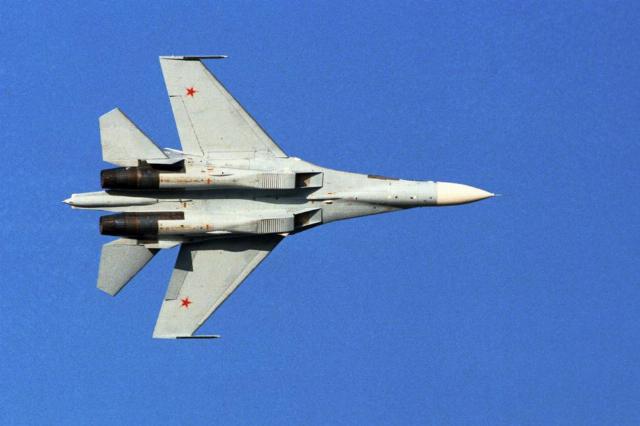
The Su-27 fighter
Image source: © Vladimir Yatsina/ tass
Thus, the pride of the Design Bureau, the Su-27, an all—weather supersonic heavy fighter of the fourth generation, first took to the air in 1977, and was put into service in the summer of 1990 (although it had been used in combat units for several years) and for a long time it was one of the main types of aircraft of the Russian Air Force. It was discontinued only in 2010, but it is still in service with the Russian Federation, as in the CIS countries, India, China, and so on. A large number of modifications have been developed on its basis: the Su-27UB combat training aircraft, the Su-33 carrier-based fighter and its Su-33UB combat training model, the Su-30, Su-27M, and Su-35 multirole fighters (equipped with a thrust vector control system that allows you to change the direction of engine thrust, providing higher maneuverability), the Su-34 frontline bomber and others.
In 2020, the fifth-generation Su-57 multi-role fighter was adopted by the Military Space Forces. A significant success of the Sukhoi Design Bureau was the creation of the S-70 Hunter heavy unmanned aerial vehicle, which, for example, is used in its military.
